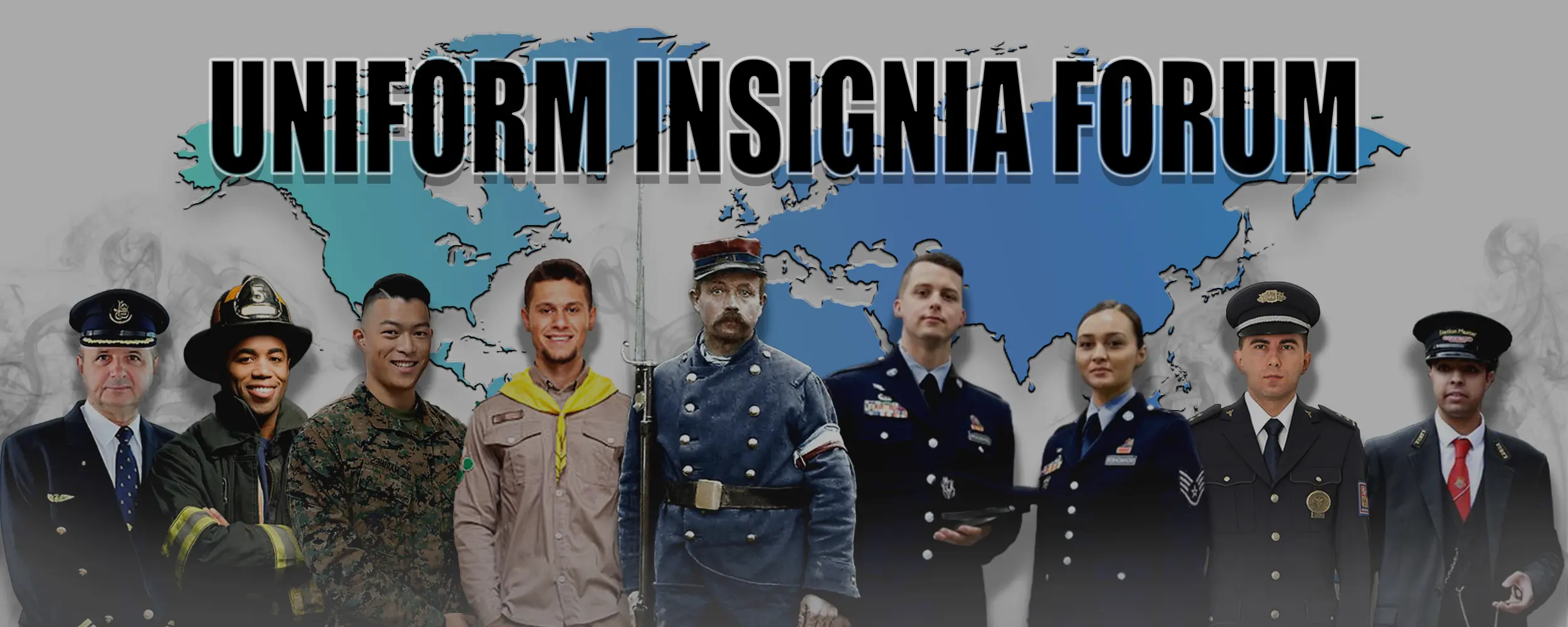"Kota's Militia." [And yes, for those skeptics, it is a sci-fi, therefore u could say that author could take any liberties with interpretation since it work of fiction, but still I would like to know in a logical military world.] So, according to a story -- "...When Jedi Master Rahm Kota was a general in the Clone Wars, he refused to have anything to do with the Clone Army as he never trusted the Clone troopers. Instead, he formed his own unique unit of hardened soldiers which he recruited from local militias..."
I looked at his chain of command/ranks/positions they sort of like Militiaman/Trooper, Corporal, Sergeant, Senior Sergeant/Sergeant-Major. For officers just: Lieutenants -- Junior and Senior, Captain, General, and Commanding General.*
So my question: could a military formation in size of Division, let say about 18,000 to 20,000 people function on those ranks? What about the chain of command?
Thank u for response, Zibster
* That Rank was reserved for Kota himself.





